To preserve the vitality and visual allure of hydrangeas, one requires a distinct understanding of their unique care routine. In the realm of New Zealand gardening, mastering the timing for pruning hydrangeas becomes an essential piece in this puzzle. The robust nature of hydrangeas is indisputable, with vivid blossoms that can elevate any garden’s appeal to new heights. It goes without saying that apt pruning can amplify these qualities while fostering more vigorous growth.
A point worth noting here is that the timeline for pruning in New Zealand hinges considerably on the specific species of hydrangea under consideration. Thus, posing a query like “what’s the best time to prune hydrangeas in NZ?” does not elicit a standard response as each variety carries its unique requirements. Certain types thrive better when pruned late winter or early spring whereas others flourish post-pruning during late summer immediately following blooming phase. Hence it is crucial to correctly identify which particular breed of hydrangea you are nurturing before finalising your pruning calendar.
The Best Season for Trimming Hydrangeas
The chronology of snipping, indeed, is an integral part of hydrangea nurturing, aiming to amplify their vivacious blossoms. The optimal month for trimming the hydrangeas in NZ heavily leans on the specific breed you’re tending. However, a reliable strategy for various species is pruning during the latter stages of winter or dawn of spring when vegetation slumbers and susceptibility to stress diminishes.
Identifying the prime month for grooming your NZ hydrangeas can also be guided by observing patterns in plant growth and blossom cycles. While most breeds thrive under late winter or early spring cuts, one deviant is the Hydrangea Macrophylla – more commonly known as bigleaf hydrangea. This particular specimen demands immediate attention post-flowering in summer’s peak heat. Bear this wisdom: Timely trimming could yield hearty plants adorned with abundant vibrant blooms; however, misaligned timing may inadvertently stunt flower proliferation for that season.
- The Hydrangea Arborescens, also known as the smooth hydrangea or wild hydrangea, is another breed that can be pruned during late winter. This species develops flowers on new wood (the current season’s growth), making it less susceptible to cold damage and more responsive to pruning.
- In contrast, the Hydrangea Paniculata – a hardy variety often referred to as panicle hydrangeas – prefers being trimmed in early spring. Pruning at this time promotes robust summer blooms and allows for shape control throughout its vigorous growing period.
- For those cultivating the delicate Lacecap Hydrangeas (Hydrangea Macrophylla Normalis), it’s advisable to trim these immediately after their blooming phase in summer. Delaying could risk cutting off next year’s flower buds which form soon after flowering.
- The Oakleaf Hydrangea (Hydrangea Quercifolia) requires minimal trimming compared to other varieties. Light pruning immediately after flowering helps maintain its natural, attractive shape while preventing overgrowth.
In conclusion, understanding your specific type of hydrangeas will guide you towards optimal trimming times. Observing plant behavior through seasons and taking note of when they bloom will help cultivate lush blossoms each year without causing undue stress or inhibiting future growth.
Why Timing is Crucial in Hydrangea Pruning
In the enigmatic realm of horticulture, the role of timing assumes a profound significance, particularly when we’re talking about pruning hydrangeas. A question that often stumps green thumbs in New Zealand is this: “Is it necessary to snip off brown hydrangeas here?” The response is straightforward — yes, but with a vital caveat. The moment chosen for this act can have far-reaching implications on the plant’s vitality and its capacity to flower.
Pruning serves as an impetus for fresh growth yet if misjudged, it could inadvertently thwart the blossoming process of hydrangeas. Prune amidst summer’s bright blaze or winter’s severe chill and you risk inflicting a traumatic shock upon your plant which interferes with its metabolic rhythm. While it’s recommended to routinely excise any unsightly brown sections as they manifest themselves – purely from an aesthetic standpoint – substantial pruning should ideally be synchronized with nature’s own tempo; typically after blooming season has passed. Therefore, grasping the quintessential role that timing plays in hydrangea pruning becomes critical for those aspiring botanists who wish their hydrangeas to thrive and bloom at their finest against New Zealand’s breathtaking landscape backdrop.
Determining the Variety of Your Hydrangea
To embark on the journey of nurturing hydrangeas through effective pruning, the initial moment of revelation lies in identifying its variety. The type of your hydrangea not only unlocks a realm for fruitful pruning but also illuminates care methodologies unique to its kind. Three varieties are commonly found adorning New Zealand’s landscape- the mophead, lacecap and panicle – each with distinct growth patterns and pruning techniques. This underscores the significance of understanding their nuances.
As each species flaunts unique characteristics, establishing an apt pruning schedule is paramount. Such a timetable incorporates considerations such as when during daylight it’s best to prune these beauties and what season suits each type ideally. Consider this: mophead hydrangeas bloom from old wood; thus they appreciate being pruned post-blooming. Contrastingly, Panicle hydrangeas burst forth from new wood which makes late winter their prime time for trimming back branches. Henceforth, demystifying your specific variety ensures that these spectacular blooms maintain vibrant health while flourishing exuberantly.
Specific Pruning Techniques for Different Hydrangea Varieties
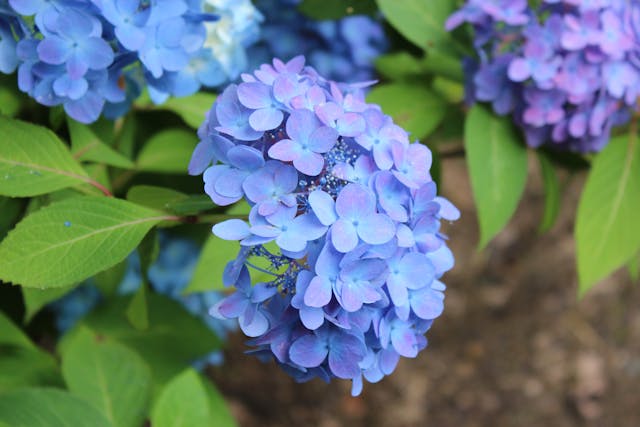
In the face of the frequently posed inquiry, “is it feasible to prune hydrangeas in summer?”, recognizing the significance of the specific species you are tending is a necessity. Take for example, the Bigleaf variant (Hydrangea macrophylla), which thrives in abundance across New Zealand, blossoms from old wood. This implies that future season’s flower buds already inhabit the shrubs during this year’s growth cycle. Inevitably, summertime pruning may result in an entire season devoid of blooms as budding stems could be unintentionally eliminated.
Conversely though, Hydrangeas dubbed as “smooth” and “panicle” (Hydrangea arborescens and Hydrangea paniculata respectively) flourish on new wood or growth sprouting within this very season. Henceforth, regarding these species particularly, responding to “can I prune hydrangeas in summer?” leans more towards an adaptable affirmation – typically a flexible ‘yes’. Pruning is advocated predominantly around late winter and early spring but light trimming throughout summer won’t likely hamper their blooming process adversely. For these varieties specifically, whether your pruning actions make or mar your hydrangea’s potential for breathtaking blooms doesn’t hinge solely on timing.
The Impact of Climate on Hydrangea Pruning
In the labyrinthine dance of hydrangea pruning, climate is an indispensable partner. The geographical coordinates and its associated weather belt dictate the optimum window for this botanical ritual, a significant lever in maintaining vitality and bloom vigor of this popular shrub. New Zealand, with its unique spectrum of seasons – balmy summers to gentle winters, offers a distinct rhythm to the life cycle of these plants and hence calls for precise tuning in pruning schedules to promote flourishing growth.
Furthermore, various climatic elements like temperature fluctuations, precipitation levels, sunlight exposure and humidity gradients can choreograph the development trajectory and blooming sequence of hydrangeas. In territories where winter’s grip is severe, it would be prudent to prune late in winter or early spring during plant dormancy. On the other hand, regions basking under warmer climes punctuated by generous rainfall could delay their pruning until later in spring as initial blossoms start wilting away. Climate thus emerges as an unpredictable yet critical maestro conducting this symphony called hydrangea pruning.
Tools Needed for Pruning Hydrangeas
In the quest for success with hydrangea maintenance, certain tools are earmarked as being of utmost significance. The indispensability of a robust pair of pruning shears is something that can’t be magnified enough. These hand pruners, as they’re alternatively known, play a vital role in executing neat cuts on your hydrangea branches. Seek out shears that you find sharp and easy to wield, yet simple to upkeep.
It’s often suggested to lean towards bypass pruners over anvil styles due to their reduced likelihood of squashing stems during cutting which could inhibit damage thus promoting the plant’s overall well-being.
Alongside these pruning shears, the presence of a reliable hand saw might prove advantageous. This tool becomes particularly useful while dealing with aged, densely stemmed hydrangeas manifesting thicker branches. Bear in mind that using blunt or inefficient saws could culminate into messy cuts jeopardizing your plant’s health. Henceforth it remains imperative that your tools stay consistently sharp and properly sanitized; also make sure they’re stored appropriately so as not to invite rust.
Furthermore, do not settle for any random gloves but go ahead and choose protective gardening gloves specifically designed against potential scrapes or punctures from sharp edges. With these dedicated gardening tools within reach maintaining hydrangeas transforms into a manageable chore.
FAQ
The fundamental toolkit for shaping and pruning hydrangeas comprises a pair of hand pruners, loppers, and a horticultural saw. Hand pruners tackle the smaller offshoots, while loppers and pruning saws manage larger, sturdier branches.
Pruning hydrangeas in New Zealand finds its best moment towards late winter or early spring. It’s during this period that the plants remain dormant allowing an unobstructed view of their structure without leafy interference.
Hydrangeas present themselves in varied forms each exhibiting unique flowering behaviours. Some display blooms on aged wood; others prefer new growth for their blossoms. This divergence dictates specific pruning techniques as well as timing based on variety.
Timing holds authority here – misjudged moments can lead to diminished bloom or even flowerless seasons. Hydrangea varieties favouring old wood should be attended post-bloom whereas those preferring fresh growth await their cut back in late winter or early spring.
A region’s climate carries weight when considering a year’s potential growth from your cherished shrubs.In colder climates, more aggressive cutting might be necessary to coax out new shoots whilst milder climes could necessitate only light-handed work.
The answer lies in observing whether they bloom on old or new wood.For those favouring the former, only dead or frail branches require removal. Contrastingly, those seeking out new growth can be cut back to their base during late winter or early spring to encourage fresh shoots.
Knowledge is power when it comes to understanding the specific needs and tendencies of hydrangeas inhabiting New Zealand’s climate. Such insight aids gardeners in determining optimal times and techniques for pruning, thereby ensuring the plant’s health and longevity.
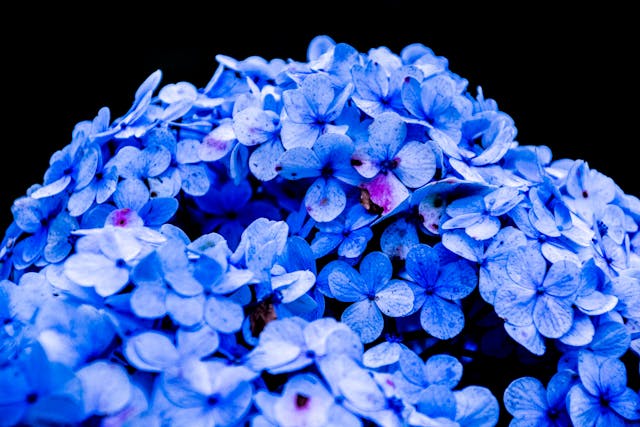
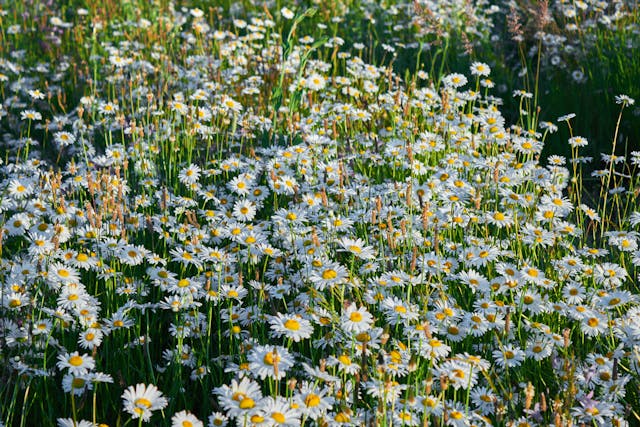
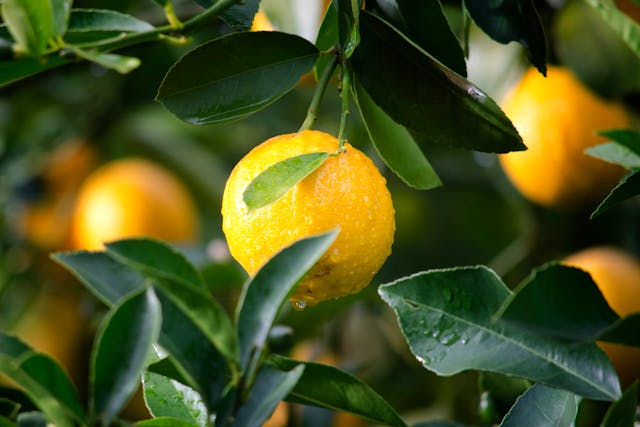
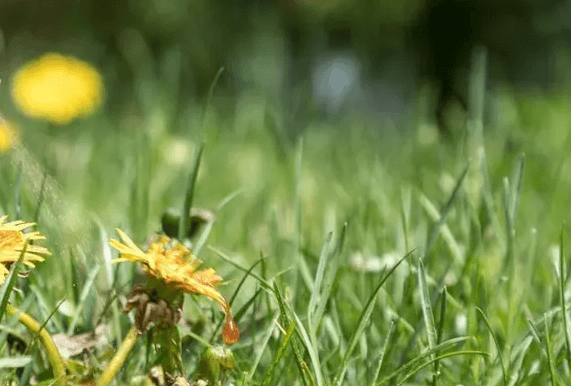

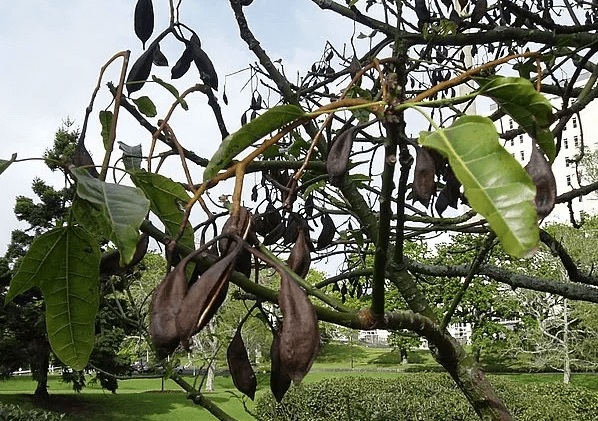
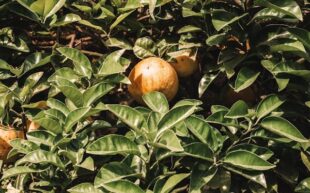
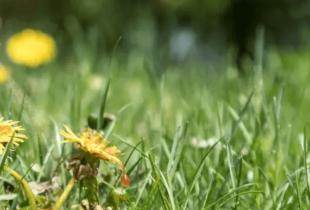
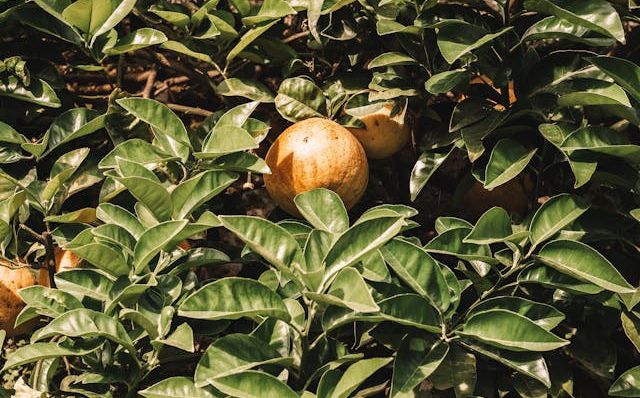
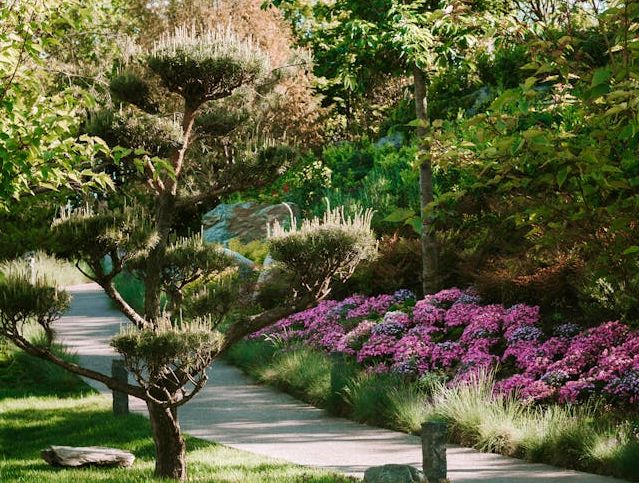
+ There are no comments
Add yours